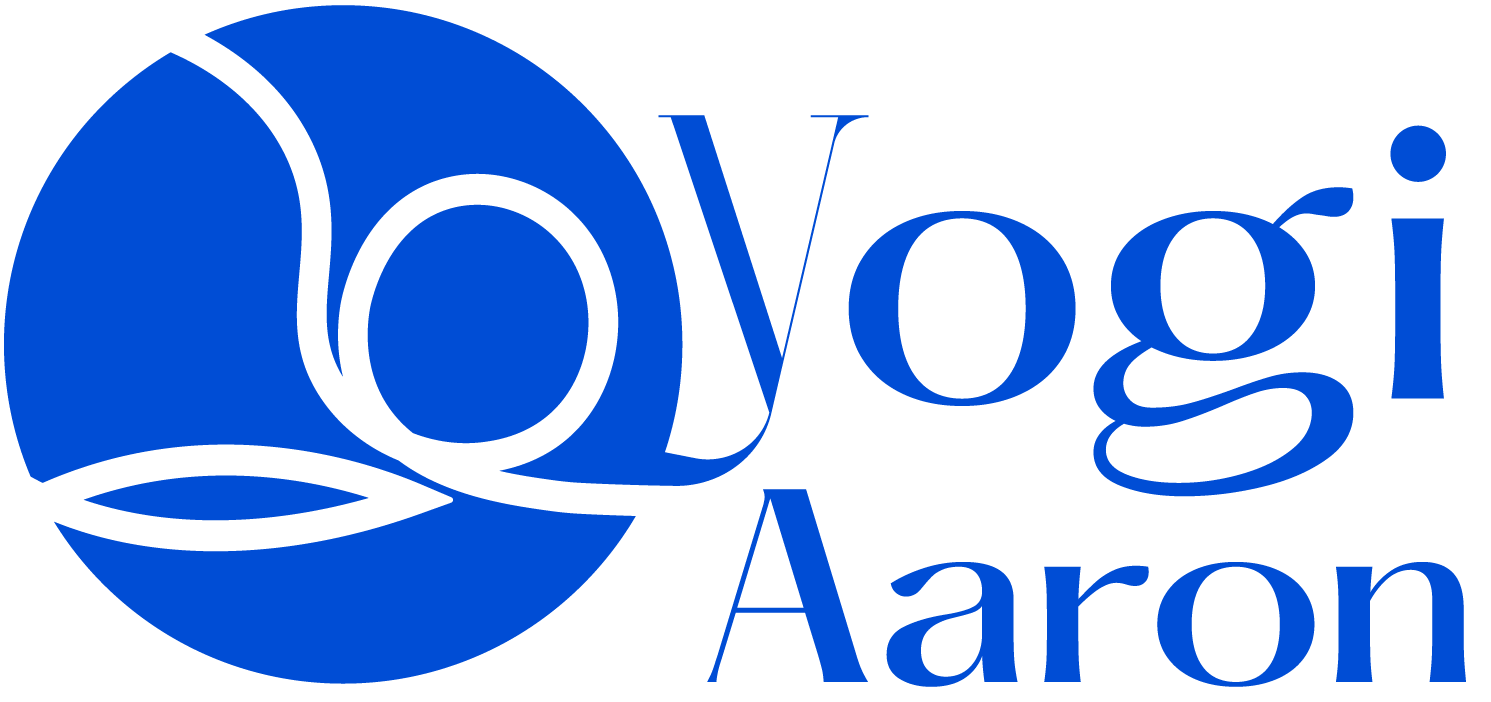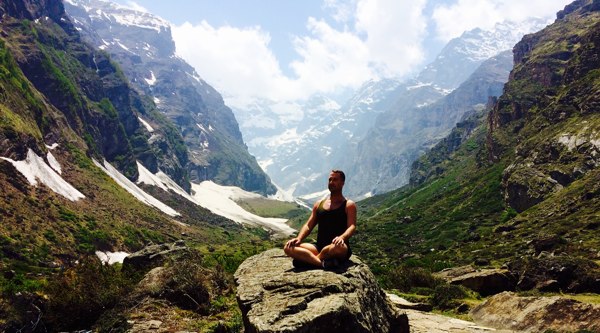Over the last few years, the debate to stretch or not to stretch has been a heavy topic of discussion. Many of us have grown up with the belief that stretching before and after a workout is a great way to prepare the body to move and then recover after we sweat. However, what if I were to tell you that stretching may not be as great as you think.
Think about it. When you stretch a muscle, it is being lengthened and forced out of its natural state. And while muscle cells are being stretched, so is the fascia (the connective tissue that surrounds muscles and organs). If you stretch too much, this fascia loses its ability to recoil and the elasticity of this connective tissue can disintegrate. Therefore, it becomes less functional overall. So let’s stop this flexibility madness and focus on how we can really help the body.
Now, you might be thinking, well then how do I recover after a workout? What should I do to keep my body mobile? Don’t worry, I am here to teach you how to bring mobility back into your muscles without causing any damage.
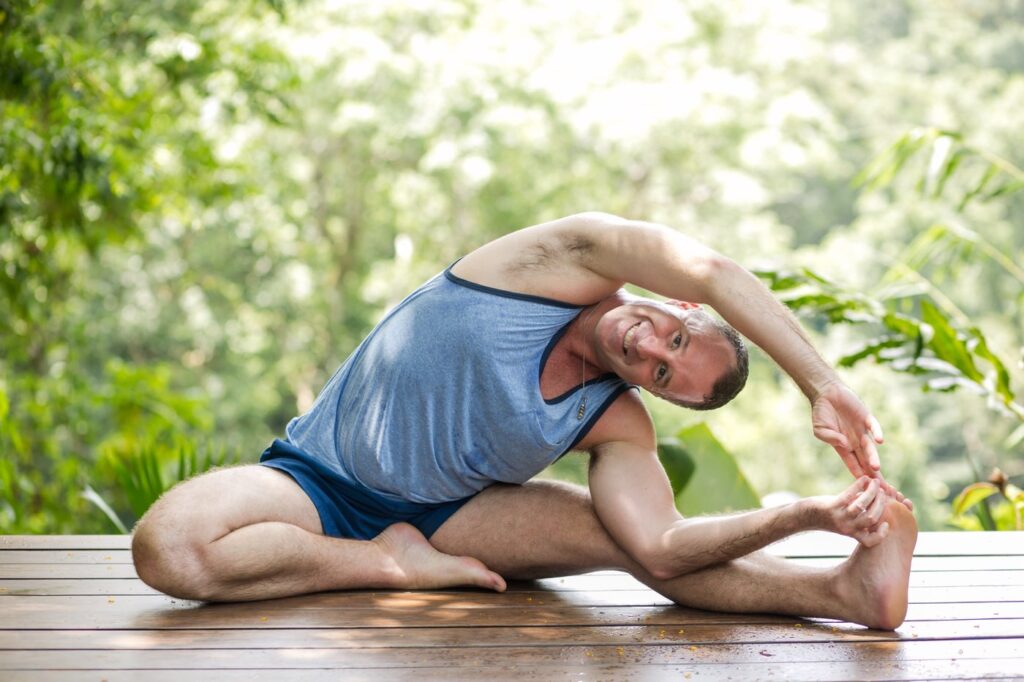
In this article, I will discuss what stretching does to the body, the science behind stretching and show you alternative ways to keep the body healthy. But if you really want to learn more, check out my webinar, Why is Stretching hurting you? Here, I will introduce you to Applied Yoga Anatomy + Muscle Activation ™ (AYAMA) and how this revolutionary way of practicing yoga can help reduce pain and risk of injury while increasing range of motion, stability, muscle strength and alignment.
Why are muscles tight?
Tightness is a sign of muscle weakness. Therefore, the muscle is not working and some attention needs to be put on this particular area. This is often where people think that stretching can help – this is not the case. When your muscles are tight, stretching is the absolute worst thing to do because it only adds stress to the muscle.
Muscle tightness is a protective state and the first sign of muscle instability is muscle tightness. Stretching those tight muscles is like violating that protective state.
Imagine what it is like when you are angry at your partner. Sometimes your partner wants to come over, force a hug on you telling you to calm down. You don’t want to calm down, and you definitely don’t want a forced hug at that moment. What you probably need is to be heard and feel a sense of stability again.
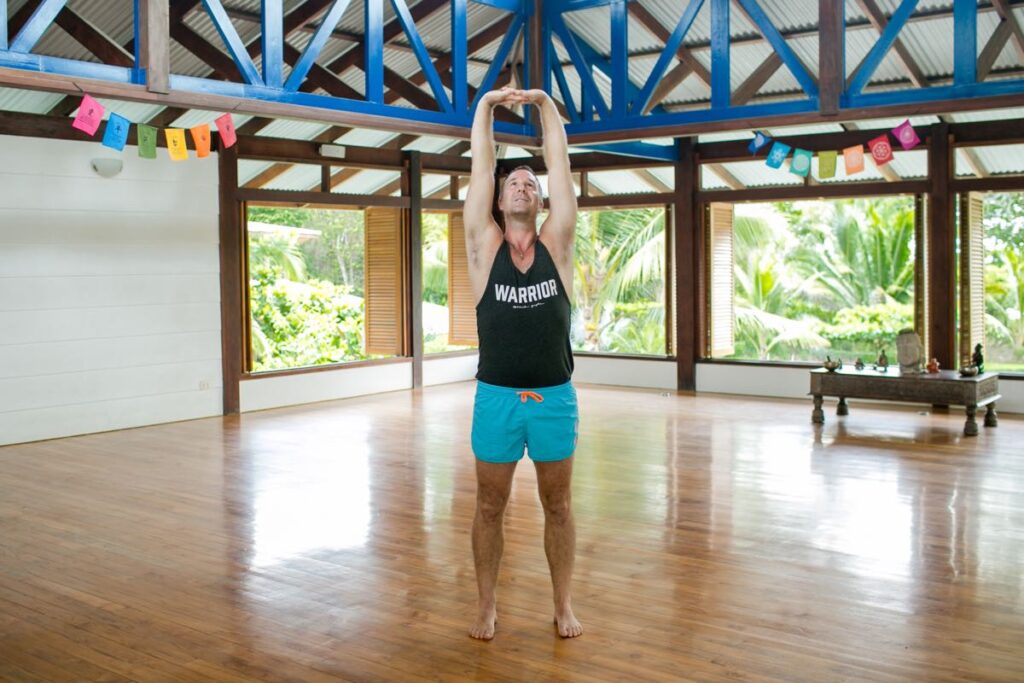
What is going on in the body when we feel tight?
Take a moment to think about how your body reacts when you are walking on ice or a slippery surface. Your body is most likely tense and insatiable to prevent yourself from falling. In this circumstance, sensory receptors become desensitized which means that the central nervous system is not functioning properly. Not only can this cause instability but it can also cause inflammation.
Inflammation has a negative impact on slow-twitch muscle fibers and they start to take on fast-twitch muscle fiber characteristics. A muscle actually loses its ability to contract because it has lost its sensory input. And as a sign of decreased sensory input, we will experience muscle tightness. If the body is tightening up to protect itself because of those extreme ranges of motion, eventually it will shut down.
In today’s society, there is so much focus on getting people to stretch. However, the reason people are often tight is because of the body being in a protective state. In this case, the worst thing you can do is stress the body further, yet this is what we so often do. When we push the person to stretch their tight muscles, we are violating the body’s protective mechanisms.
The solution to this – get the muscles to contract more efficiently.
The result – tightness, and pain goes away!
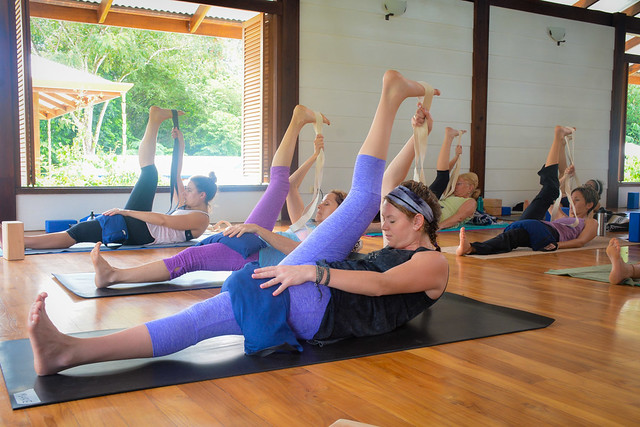
How can stretching cause pain?
Some of us may have become accustomed to including stretching in our morning or evening routine. This is often done as a way to wake or relax at the end of a long day. But when we stretch, our muscles are pushed beyond their end-range motion. This disrupts the neuromuscular connection which can negatively affect the body. In the fitness and yoga world, we see many people hurting themselves as a result of this neuromuscular system that is already negatively affected by stress, trauma, and overuse. Think about a runner or a bodybuilder consistently doing the same movements without sufficient rest. Over time, repetitive movements can result in pain and injury to specific areas. For athletes and aspiring fitness-minded people, this can be detrimental to one’s athletic performance.
The leading causes of this pain are:
- A lack of understanding of the body
- Being told that “deeper” is better”
- Our misguided goals make us want to look like Cirque Du Soleil acrobats
- “Stretching”
Stretching can incapacitate muscle function and actually make your muscles weak! And where there is weakness, the opportunity for injury is high.
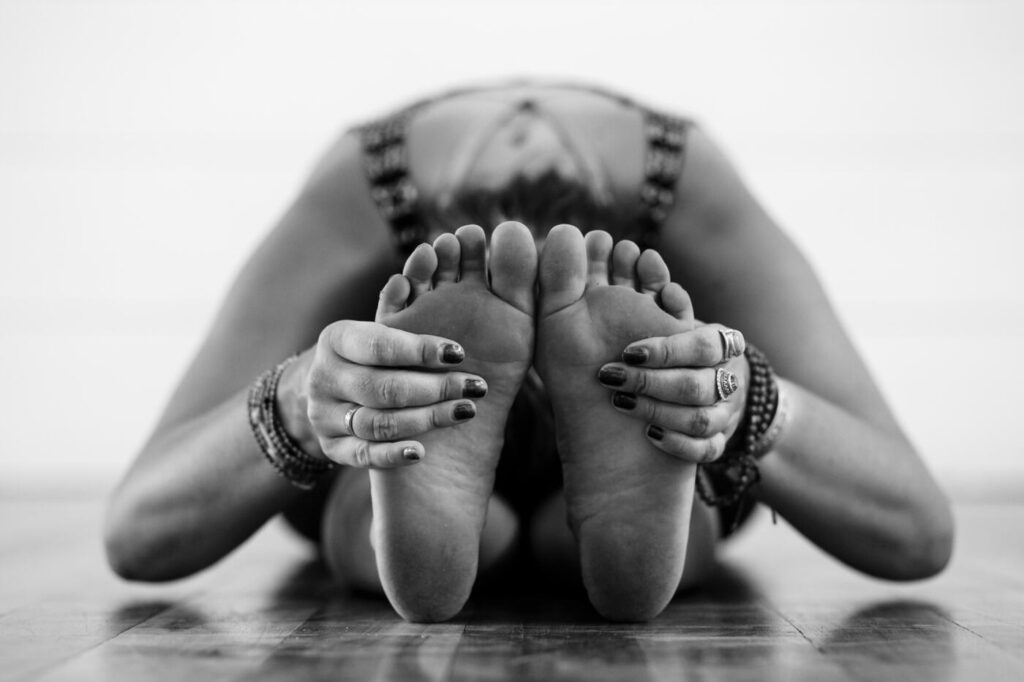
What is the science behind stretching?
The science behind stretching goes deep… It is a practice that has been heavily ingrained in the fitness world and is a habit that many of us incorporate into our daily rituals. But the same way a habit can be formed, it can also be broken. So let me explain what happens when we stretch for long periods of time.
After lengthening the muscles in our bodies for extended amounts of time we are ultimately disrupting the connection between the brain and those muscles. When this disruption happens, muscles lose their ability to contract and contract on demand. (This is the definition of physical stability – a muscular system that can contract when needed). Additionally, when we stretch for extended periods of time, the neuromuscular responses become inhibited. But let’s explore how.
Picture a slinky… Yes, one of those plastic or metal coils that you used to play with as a kid. Your muscles resemble slinkys in the way that they are like tightly coiled structures that unwind when lengthened. This is called unloading. With an unloaded spindle, the sensitivity that the spindle has to receive input in the nervous system to contract or relax is drastically diminished.
Therefore, with the presence of inflammation, which contributes to muscle tightness, the spindle is less sensitive and becomes a strength deficit. From an AYAMA perspective, stretching is strongly discouraged for muscle sensitivity.
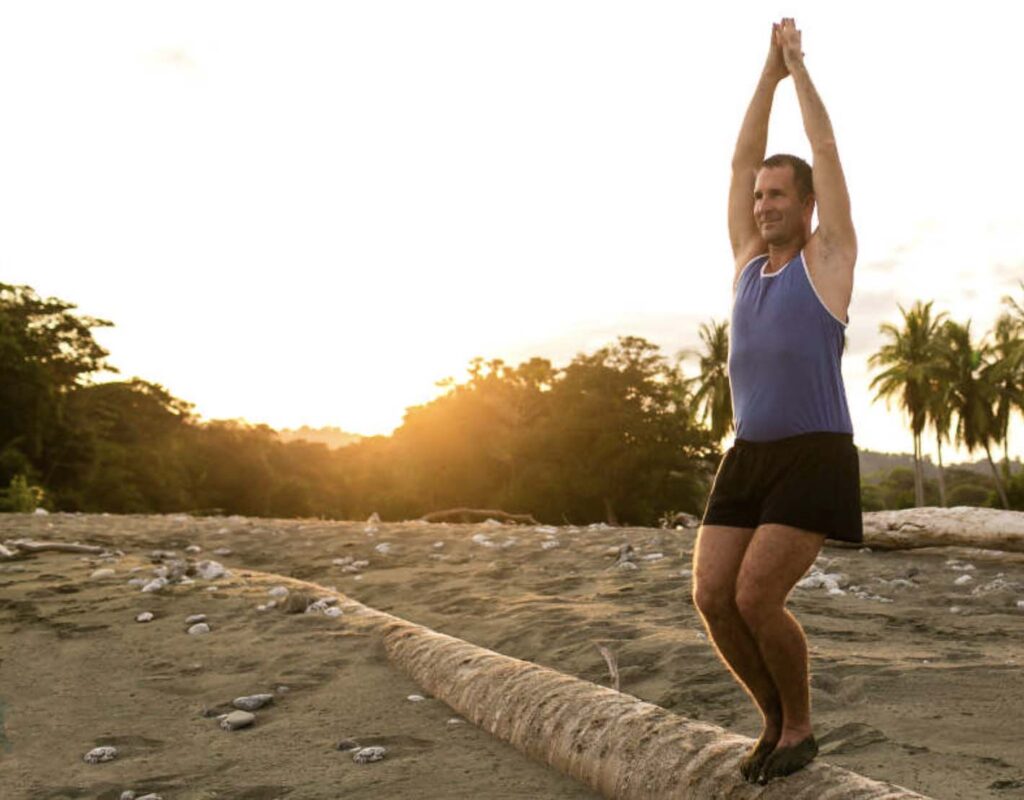
What does research say about stretching?
We have all been told the numerous benefits believed to result from habitual stretching. This may include improved performance in physical activities, increased muscle blood flow, and more ability to engage in daily activities. But let me present some research that can help expose you to why stretching can actually do just the opposite.
At the Lenox Hill Hospital in New York City, Malachy McHugh, the Director of Research at the Nicholas Institute of Sports Medicine and Athletic Trauma presented some shocking information. He said that the muscles stay “weakened for up to 30 minutes after stretching, which is not how athletes want to begin a workout.” Keep in mind that the people in this study were most likely 18 to 22-year-olds who have muscles that are able to spring back quickly. This will be much different for someone who is older with a desk job and experiences a lot of stress in their life. Therefore, this “30-minute” number will become much longer the older and more sedentary you are.
Research in this specific study*, conducted by McHugh and co-author, Ciaran Cosgrave, states that a large amount of stretching prior to a workout will decrease the ability of a muscle to generate maximal force. They concluded that a single round of stretching can greatly affect muscle strength and have a lesser effect on muscle power.
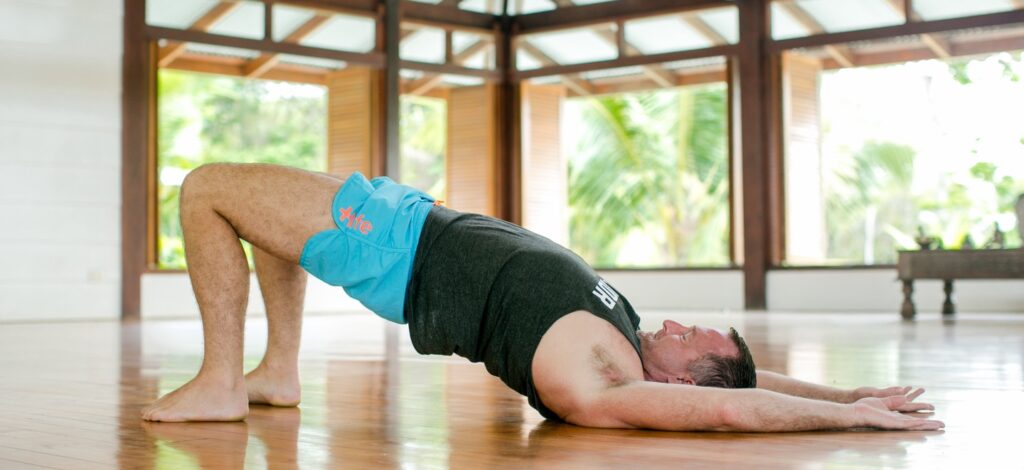
Is it bad to stretch?
We’ve all heard it before… Feeling sore? You should stretch! Tired muscles? You should stretch! But let me tell you why stretching may not be as great as you think.
When muscles are pushed beyond their end range of motion, the neuromuscular connection is disrupted. After stretching for long periods of time, we are ultimately disrupting the connection between the brain and the muscles we are trying to stretch. When this disruption happens, muscles lose their ability to contract and contract on demand.
In many cases, flexibility can be a sign of instability and there is a big difference between flexibility and range of motion. In your everyday life, we all know that you need a certain amount of strength to function. We use strength to pick up groceries, go for a run and even stand up out of a chair. Even for the most sedentary people, strength is needed to hold a phone and lift your head! And I am not the only one that believes “stretching” is the wrong word to use when referring to ways we can heal the body.
How dancers are learning to “stretch” more effectively
Sue Mayes, head physiotherapist at The Australian Ballet says that the organization has actually quit passive stretching altogether.
“(Our approach is to) stop using the words ‘stretching’ and ‘flexibility’ and to really try to think about it more as optimizing your capacity, strength, and power at those end ranges. We have found that by strengthening, you can increase your range of movement much more effectively and safely.”
Mayes goes on to say that, “when a dancer is on stage, they never stay in passive positions; they’re dancing dynamically and moving in and out of these extreme ranges of movement. Dancers need to have an optimal range of movement, they need to be able to move their limbs through extreme ranges of movement, but it should be in a really active-controlled way they do that. You can’t get good, dynamic, explosive, powerful extreme range without strength.”
Although Mayes says that warm-up is still an essential step to prepare the body for optimal dance training, she shares that it is all about changing the dancers’ approach and mindset to stretching.
So how do the dancers safely warm-up? Andrew Pilcher from Performance Medicine says that warm-ups should have some gentle activation of deep stabilizer muscles that target key power muscle groups like the gluteus maximus. This is exactly what we do in AYAMA.
If you’re looking for a good introductory class to Applied Yoga Anatomy, check out this great practice to learn all about muscle activation!
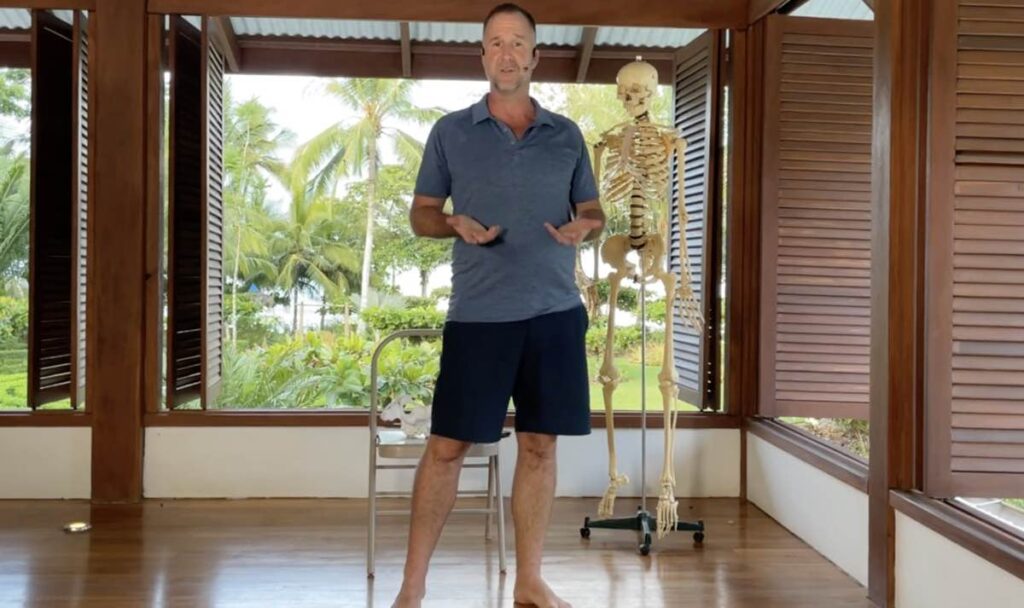
Does stretching prevent injury?
Unless you are engaging in an activity such as gymnastics or ballet that requires you to be flexible, there is no reason why being flexible is imperative to your daily functioning. For many athletes and fitness-minded individuals, stretching is thought to be a way of healing the body and encouraging recovery. But how is static stretching really affecting your body?
Holding a particular position for up to a minute at a time can help you feel “loose” and relaxed. However, there is growing concern that static and passive stretching can actually decrease performance and lead to injury. In some research studies, it has been revealed that during the time after a muscle has been stretched it is actually weakened. Therefore, engaging in physical activity during this time may actually cause injury because the muscle is not in its strongest state.
It is thought that stretching is believed to prevent injury because of the way in which it “loosens” up muscles. But it is HOW we warm up that is important. I am not asking you here to stop warming up before a workout and to stop being active. I am merely suggesting to do so in a “smarter” way. We need to stop referring to warm-ups as “stretching” and start preparing for workouts in a beneficial way. This is where AYAMA can be helpful.
In AYAMA we are working to improve muscle function and increase the range of motion using dynamic movements and activating the body. In our world today, we are obsessed with stretching and using yoga as a way to contort our bodies in unnatural ways. Not only is this unnecessary but it is actually hurting us!
What is the purpose of stretching?
Where there is flexibility there is an opportunity for injury. So think about it, why are you stretching? Does being flexible make you a better person? And is stretching really making you happy?
Yoga is not about flexibility. The ability to touch your toes, bring your feet to your head or accurately hold a handstand has no bearing on your success as a yogi. So if you are stretching to show off to your friends or enhance your yoga skills STOP NOW. There are many ways to properly stretch for flexibility, but passive stretching is not one of them.
When you passively stretch, you are utilizing external forces to lengthen your muscles and push soft tissues past your end range of motion. Incorporating props like a strap of your hand can even further elongate your muscles – don’t do this. There are many problems with passive stretching including the issue of pulling on your entire system of connective tissues. This leaves you vulnerable to overstretching and muscle instability – the exact problem we are trying to avoid. In the end, passive stretching actually makes you weaker.
If you are looking for a way to prevent injury, reduce pain or improve your range of mobility let’s explore alternative ways to do this that aren’t hurting your body.
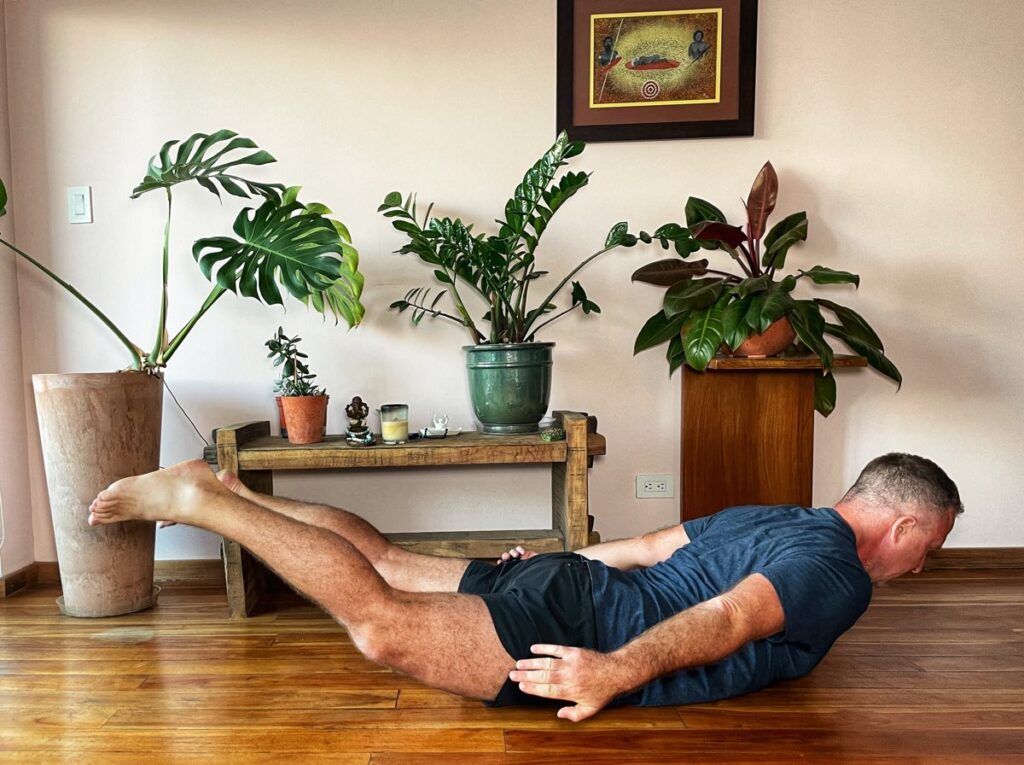
What should you do instead of stretching?
To improve muscle function, Applied Yoga Anatomy can help by encouraging you to practice yoga in a revolutionary way that focuses on activating muscles rather than stretching them. As a yoga methodology that reduces pain and risk of injury, Applied Yoga Anatomy + Muscle Activation ™ can increase your range of motion, muscle strength, stability and alignment. This technique is a paradigm shift in the way that we look at and understand the body. If you are wanting to get a taste of AYAMA, check out this perfect class for beginners to yoga!
In AYAMA, we look at pain and muscle tightness as an indication of muscle weakness and instability. By understanding how the body moves, we can use postures and muscle activation to stabilize and intensify muscle strength and efficacy. When we stretch, this may diminish muscle function over time. Therefore, our goal in Applied Yoga Anatomy is to improve muscle function for the long term and in a pain-free way.
To avoid diminishing our muscle function there are first some things we need to do and consider. This includes:
- Thinking about our current muscle function
- Avoiding riskier postures
- Using muscle activation in poses to “prepare” and “counterpose”
- Stop passively stretching
I know that shifting a mindset that has been so heavily ingrained in your life is hard. But trust me. You don’t want to wait until your body is injured or in pain before you start moving your body in a healthier way. Practicing AYAMA will not only help you to improve your muscle function but also leave you feeling strong, powerful, and relaxed! Everyone deserves a pain-free life, including YOU!
I dare you to become pain-free, so take this FREE 15-day challenge and start your path towards a better life today!
